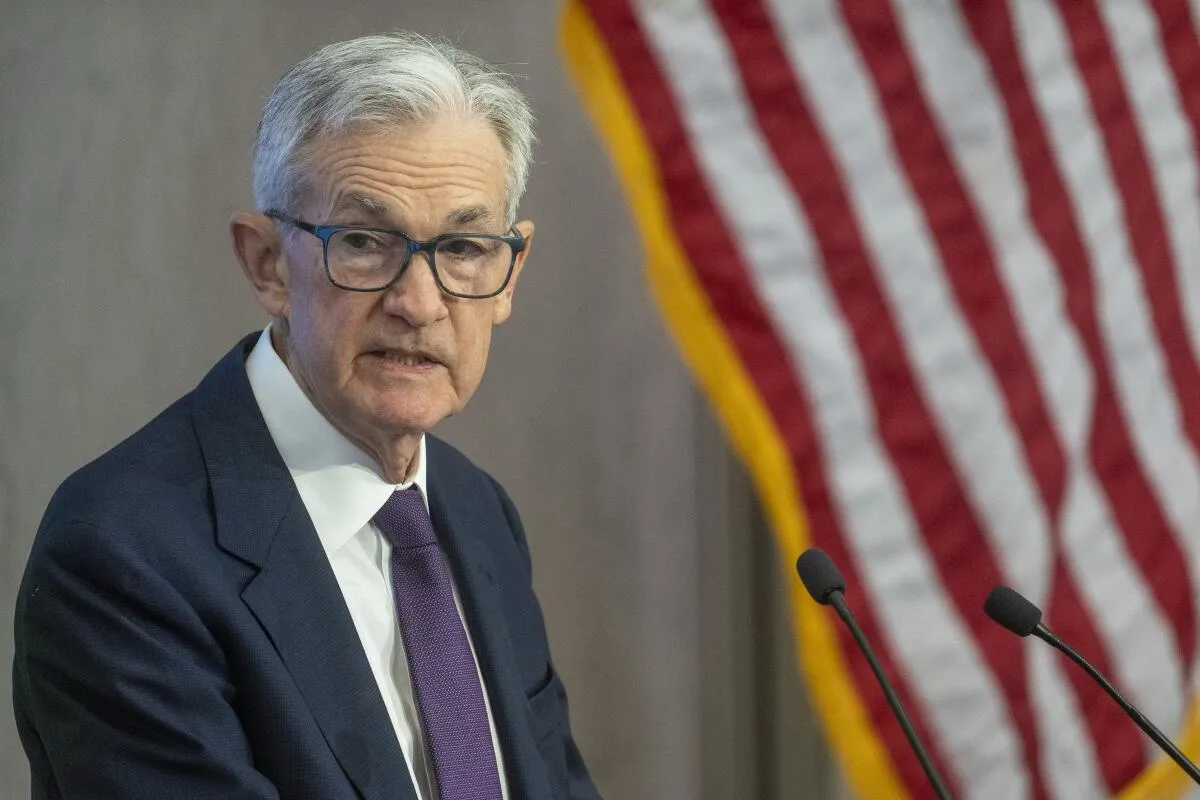For most of the month, Wall Street traders have been betting big on stocks and bonds, anticipating that the Federal Reserve was ready to start cutting interest rates again. All they needed was a signal from Fed Chair Jerome Powell to keep the rally alive. On Friday, they finally got it.
Treasury markets surged, with two-year yields dropping as much as 11 basis points, after Powell suggested that “the shifting balance of risks may warrant adjusting our policy stance.” The remark struck an unexpectedly dovish tone, prompting futures traders to price in a near certainty of a rate cut in September.
Stocks jumped in response. The S&P 500 ended its five-day losing streak with its strongest advance since late May, climbing as much as 1.7%, while the Russell 2000 soared nearly 4%, fueled by rate-sensitive and economically cyclical names. The dollar weakened, and risk assets like Bitcoin pushed higher, as investors anticipated a more accommodative Fed.
“This is an important shift for Chairman Powell,” noted Matt Maley, chief market strategist at Miller Tabak + Co. “Now the question is whether concerns about slowing growth will weigh on earnings. The good news is the Fed won’t create major headwinds for investors.”
The Fed chair’s address at the annual Jackson Hole symposium was one of the most anticipated events of the summer. Earlier this month, markets began pricing in a near-certain quarter-point rate cut at the September meeting the first since December. With the job market showing signs of weakness, some traders even speculated on a half-point cut, a move typically reserved for emergencies.
This growing optimism fueled a risk-on rally that drove stocks to record highs late last week. By April 14, the S&P 500 had gained 30% from its early-April lows, when Trump’s tariff announcements briefly rattled markets. Much of that surge was driven by mega-cap tech leaders like Nvidia Corp., which have benefited from the AI investment boom.
However, sentiment shifted in recent days as doubts emerged about whether the Fed would actually deliver a cut. Hawkish comments from several Fed officials and a government report showing the biggest jump in wholesale inflation in three years reignited fears of stagflation. Those concerns sent the S&P 500 lower for five consecutive sessions through Thursday and pushed Treasury yields higher.
That changed after Powell’s remarks, which indicated the Fed is prepared to pivot if needed a move reminiscent of last year’s Jackson Hole signal, when Powell laid the groundwork for rate reductions from a two-decade high.
“The speech helps to confirm without explicitly confirming a September rate cut, though not necessarily the start of a deep cutting cycle,” said Kevin Gordon, senior investment strategist at Charles Schwab. “The market’s reaction reflects relief that the Fed isn’t completely out of sync with expectations.”
Throughout 2025, the Fed has held rates steady amid heightened uncertainty from Trump’s trade policies, leaving Powell in a delicate balancing act: preventing a resurgence of inflation while addressing signs of economic softening.
While recent employment data showed a weaker-than-expected labor market, other indicators suggest underlying economic resilience, and corporate earnings have continued to support equity valuations.
Adding to the challenge is mounting political pressure. President Trump has repeatedly broken with tradition by publicly attacking Powell for not cutting rates and even threatening to dismiss a Fed governor over alleged mortgage fraud. Powell has responded by reaffirming that the Fed’s decisions will remain independent from political influence.
Investors have been wrong before about a Fed pivot, and Powell has consistently stressed a data-dependent approach meaning the path of rate cuts remains uncertain.
Dan Carter, portfolio manager at Fort Washington Investment Advisors, warned against overconfidence despite the market’s positive response. “The market likes this shift in tone,” he said. “But we shouldn’t get too far ahead of ourselves. There’s still a lot of data to digest before the next FOMC meeting.”

Subscribe to our newsletter!
As a leading independent research provider, TradeAlgo keeps you connected from anywhere.








